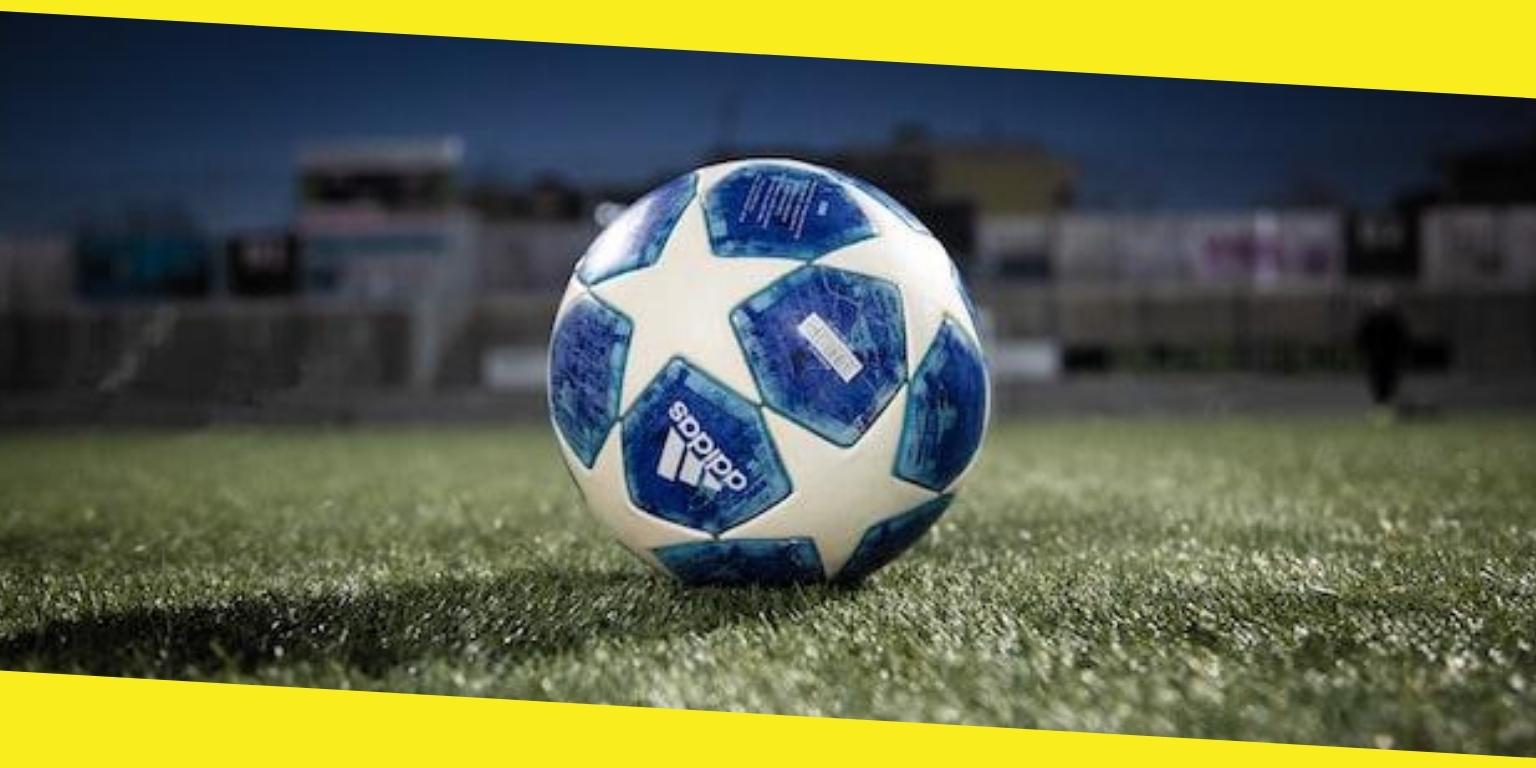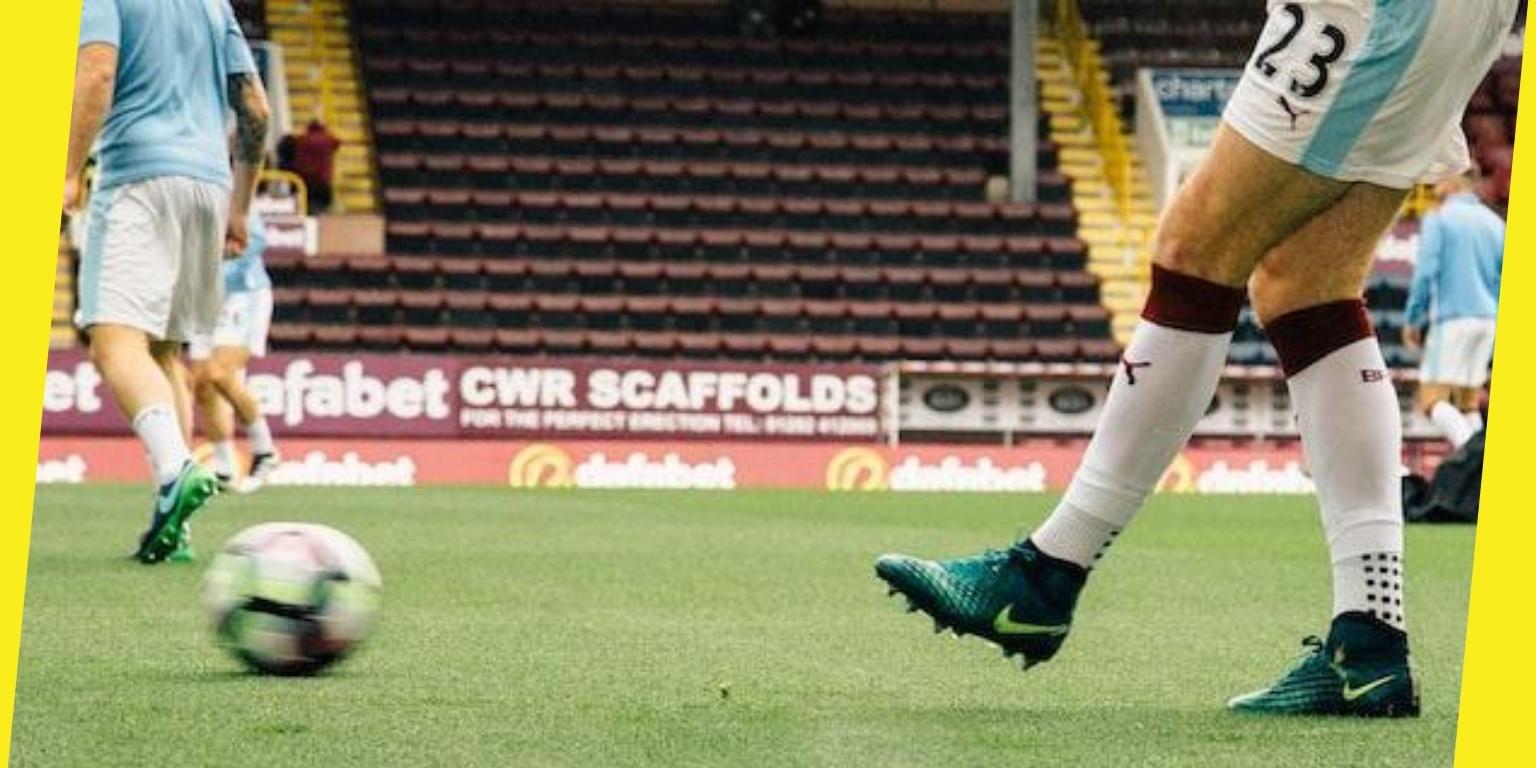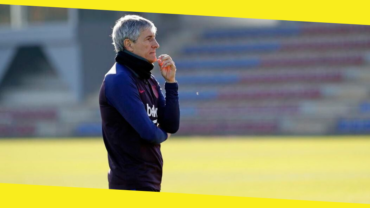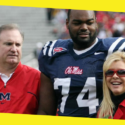What To Consider When Establishing An Artificial Turf Soccer Field
This post was last updated on November 27th, 2024

Image source: Unsplash
More sports fields are turning to artificial turf, including soccer surfaces, whether in professional stadiums or within the academic settings. The advantages range from cost savings to optimum functionality, to name merely a few. The option deems the ideal playing field, especially when playing soccer.
Among the schools, the hope is to establish stadiums with the highest quality artificial turf material. Check here, https://www.artificialgrassliquidators.com/applications/sports/soccer/ for top brands used for soccer fields. The idea is to find a blend that follows safety guidelines and offers players the possibility for full-potential performance with the most extended lifespan.
What are the secrets to establishing the ideal set-up for your athletes? Let’s look at what you need to consider when developing an artificial turf soccer field for optimum play.
What Should You Consider When Establishing An Artificial Turf Soccer Field
Many stadiums are turning away from using their natural grass fields and changing these over to artificial grass surfaces. Whether in professional soccer leagues or academic fields, the new trend seems preferable, especially for those enjoying a game of soccer.
The range of advantages with artificial turf starts with optimum functionality leading to considerable cost savings and many other benefits than natural grass. Maintenance alone is far less with the turf option compared to the natural alternative.
The consensus is to research for the highest quality materials to achieve the greatest degree of safety, allowing players to outperform plus achieve longevity with the product. What should you consider with the development of an artificial turf field? Check out these tips.
Consider playability
The first recommended test is to determine how the soccer balls perform on the turf and whether they can “roll and rebound.” The sport is one that demands focus on the playing field, the ball, and maneuvering the feet. The field conditions are imperative since there is a consistent lateral movement with players.
Players couldn’t make intricate foot maneuvers without adequate surface conditions. Because the artificial turf allows a precise playing field, athletes have the chance to “put a spin” when kicking the ball, something challenging on other surfaces.
Natural grass demands high maintenance
When there are a few teams or more than one sport in a specific hometown, traffic can be incredible, with the fields being overrun. With a natural grass field, the heavy use and abuse would be too much for the surface to handle. A high-quality artificial turf has the durability and longevity to withstand heavy use with minimal maintenance.
When comparing natural grass to its artificial counterpart, the turf saves incredible resources, time, and money. When there is extensive, heavy usage, the field should be inspected each week for safety and brushed, the field should have infill topped off, and areas with extreme wear and tear might need repairs from constant play in certain places.

Image source: Unsplash
Testing for performance on turf soccer fields to achieve FIFA standards
As a rule, the soccer field turf reaches a major milestone if it can match “FIFA standards,” accounting for performance measures that include safety, rotational resistance, and traction.
The suggestion is to consider the FIFA standards for your synthetic turf benchmark to ensure the lowest possible risk to players for injuries. Let’s look at each category individually to see what these involve:
The ball roll
At a specific height, a device is set to an incline to assess the direction, consistency, and length that a soccer ball will roll onto the surface below. The way the ball rolls will, of course, impact the gameplay.
Players want to count on the fact that balls will have the same roll pattern as they would with a natural field and be consistent with playing on an “away” location’s field like that of a competitor. The suggestion is this range should fall between “4 and 10 meters.”
Rotational Resistance
Newton meters Nm is the measure used for surface traction with a soccer player’s cleats weighted with a device. The greatest traction will warrant a higher score, while the low traction will receive a low score. You will likely get a less natural cleat slide when set at higher traction, where lower traction will present a greater likelihood for slippage.
Vertical ball rebound
At a specific height, balls will be released with the bounce measured. The suggestion for a perfect range would be “0.6 and 1 meter.” The test is valuable for a soccer team to learn how to play their ball. It teaches you to gauge whether to go for the ball or hold back. The indication is it is also good practice for a cross pass and corner kick.
Final Thought
More fields are going to artificial turf. With these various tests indicating the potential allotted by these surfaces, players are apt to produce more quality performances.
Recommended For You
Can Quique Setien Succeed as FC Barcelona Coach?
Most Inside
Most Inside offers high-quality recommendations and valuable updates to enhance all aspects of your life, providing premium guidance and enriching experiences.




